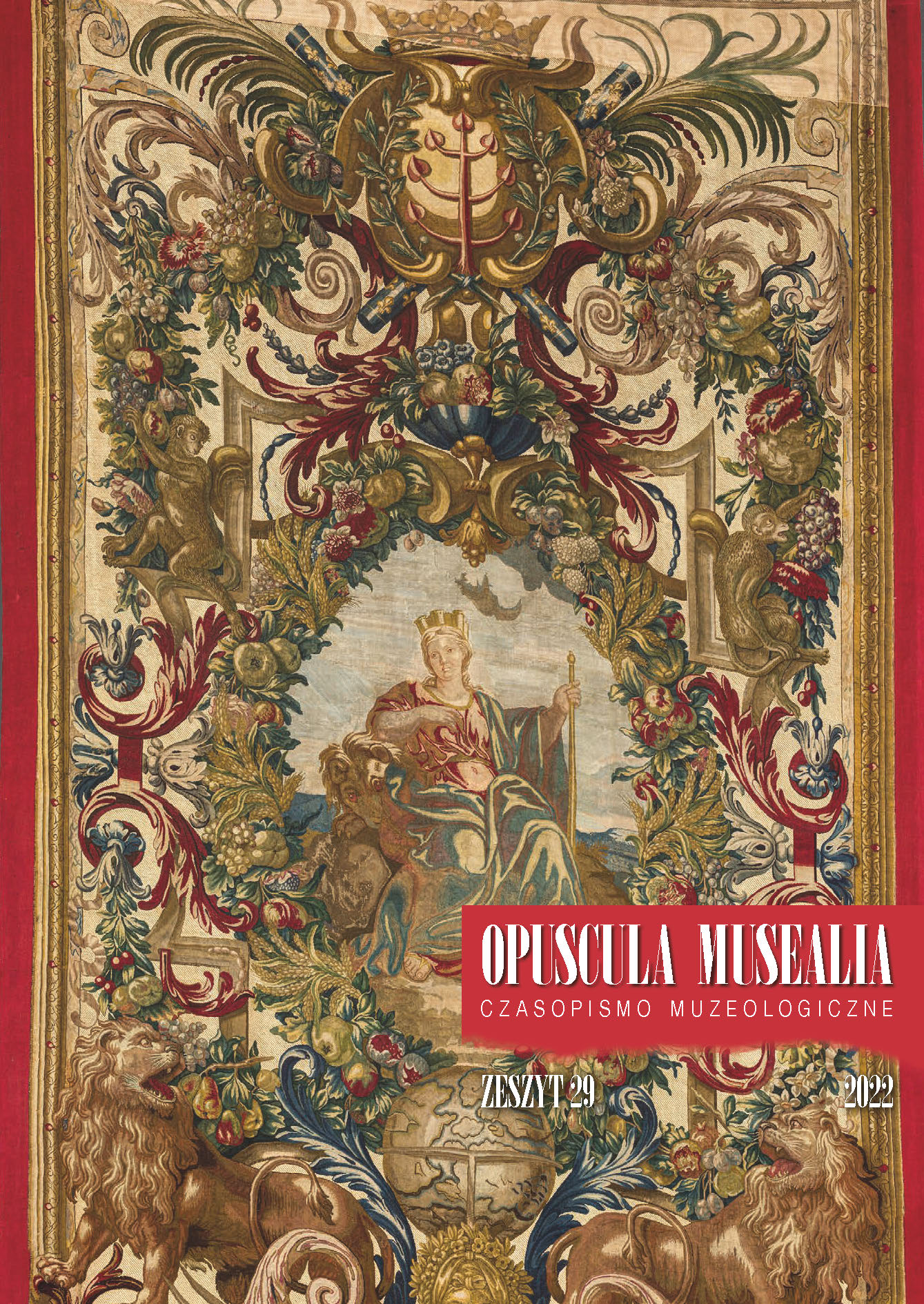Globusy z zabytkowych tapiserii – stylizacja czy realistyczne przedstawienie
Globes from antique tapestries: stylisation or realistic representation
Author(s): Małgorzata TaborskaSubject(s): Maps / Cartography, Social history
Published by: Wydawnictwo Uniwersytetu Jagiellońskiego
Keywords: terrestrial globe; celestial globe; cartography; scientific instruments; tapestry;
Summary/Abstract: Scientific instruments, including globes, rarely appear on tapestries. Their images are complex, posing many problems in their creation, both at the design and execution stages. The difficulty is not only the globe, but also the cartographic drawing itself. Early manu- script globes were unique objects. It was not until the 16th century that their maps began to be printed in the form of copperplates. This made globes more common. Therefore, in the 17th or 18th century, weavers could rely not only on a drawing of the object, but also on their own idea of what a globe looked like.Seventeen tapisseries were found, with 19 representations of globes, of which more than half (11 pieces) are globes of the Earth. In only two cases is the map depicted correctly; in another two, the image refers to a real map. In the case of celestial globes, almost all ico- nographies have correctly rendered constellations, although the number of constellations is significantly reduced, probably to improve the legibility of the drawing. The images of the globes have been used in a symbolic sense, with only three copies depicting real Earth models. All globes appear in the composition in the context of an attribute or symbol rather than as independently portrayed objects.
Journal: Opuscula Musealia
- Issue Year: 2022
- Issue No: 29
- Page Range: 107 - 157
- Page Count: 51
- Language: Polish

